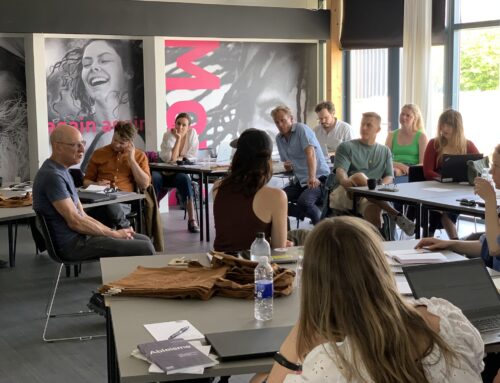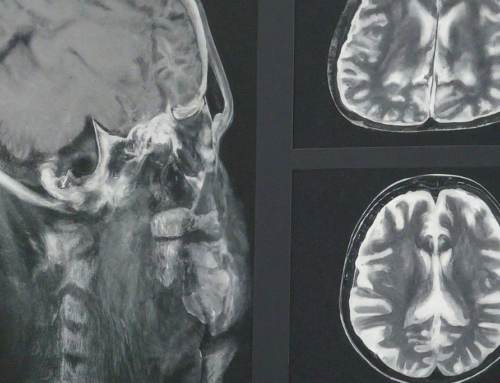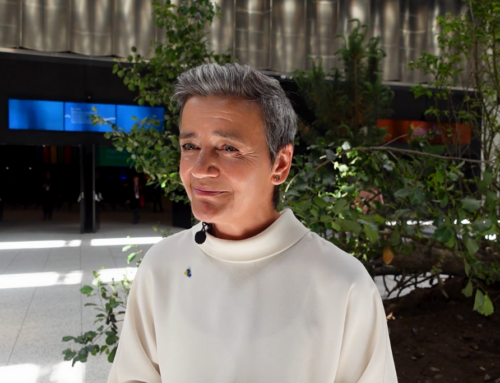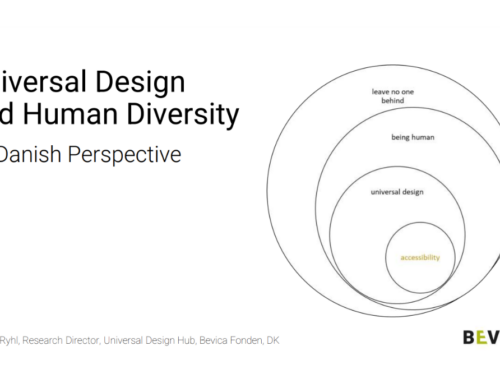
Even if accessible solutions are implemented, if society is unaware of them, it may cause challenges
A qualitative study on how Danish landscape architectural firms understand and work with accessibility
Landscape architectural firms play an important role in the design of public urban and green spaces, as an accessible environment can help reduce the number of people who experience disability in their daily lives. Accessible urban and green areas are also one of the UN Sustainable Development Goals and therefore something the industry must prioritize.
A new multidisciplinary study examines Danish landscape architects work and knowledge of accessibility, the SDGs and the industry’s social responsibilities. The goal of the study is to characterize how landscape architectural firms comprehend and approach accessibility through 15 qualitative interviews with randomly selected firms of varied sizes across the country.
“A qualitative study on how Danish landscape architectural firms understand and work with accessibility” is written in collaboration with three members of the Bevica Foundation’s interdisciplinary PhD and postdoc network: Marie Christoffersen Gramkow, Marcus Tang Merit, and Ulrika Stigsdotter. The paper is published in Archnet-IJAR: International Journal of Architectural Research. 2022.
Abstract
During the past decade Danish policies and legislation have increasingly focused on accessibility, which, by virtue of adopting the UN Sustainable Development Goals, has spurred new demands for the expertise of Danish landscape architects. Surveys indicate as much as 27% of the Danish population have a physical disability. Therefore, landscape architectural firms play an important role in designing accessible, public, and green spaces, which could reduce the number of people who experience disability in their everyday life arising from inaccessible designs. Despite this, peer reviewed research has not attempted to qualitatively understand how landscape architects approach accessibility in their daily practice. Based on a grounded theory analysis of 15 semi-structured qualitative interviews with randomly selected landscape architectural firms, this study aims to describe how landscape architectural firms approach and perceive accessibility. The results of the study show a complex understanding of accessibility among practising landscape architects with firms focusing on the role of Danish building regulations, the programming of accessibility, and professional aesthetic dilemmas. Moreover, accessibility is perceived with some frustration as an element that takes valuable space from green areas due to clients’ lack of willingness to provide resources for integrated solutions, landscape architects’ own limited expertise and knowledge of integrated accessibility solutions, and insufficient regulatory leeway. As accessibility is a major element of the tasks within contemporary landscape architecture, graduates need additional training in accessibility, which in turn necessitates additional research into accessible design solutions.
You can read the research paper by clicking here.
Learn more
Read about Marie Christoffersen Gramkow’s research: Forest trails should be designed for canes, wheels and legs
Read about Marcus Tang Merit’s research: When universal design becomes a business




